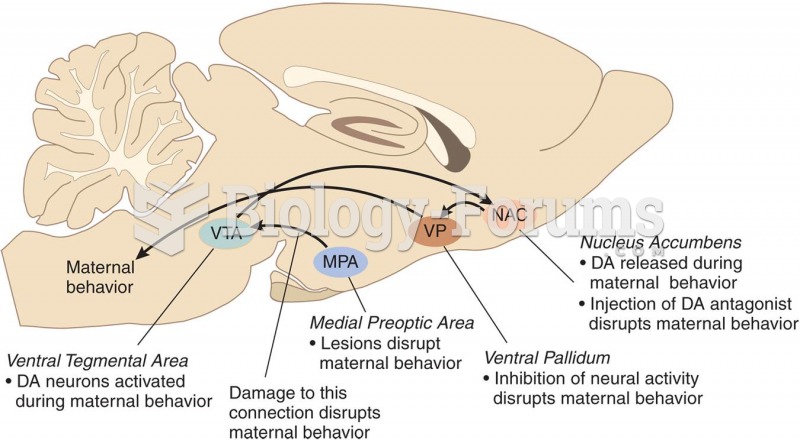|
|
|
More than 4.4billion prescriptions were dispensed within the United States in 2016.
The Centers for Disease Control and Prevention (CDC) was originally known as the Communicable Disease Center, which was formed to fight malaria. It was originally headquartered in Atlanta, Georgia, since the Southern states faced the worst threat from malaria.
Hippocrates noted that blood separates into four differently colored liquids when removed from the body and examined: a pure red liquid mixed with white liquid material with a yellow-colored froth at the top and a black substance that settles underneath; he named these the four humors (for blood, phlegm, yellow bile, and black bile).
In the United States, there is a birth every 8 seconds, according to the U.S. Census Bureau's Population Clock.
Egg cells are about the size of a grain of sand. They are formed inside of a female's ovaries before she is even born.







